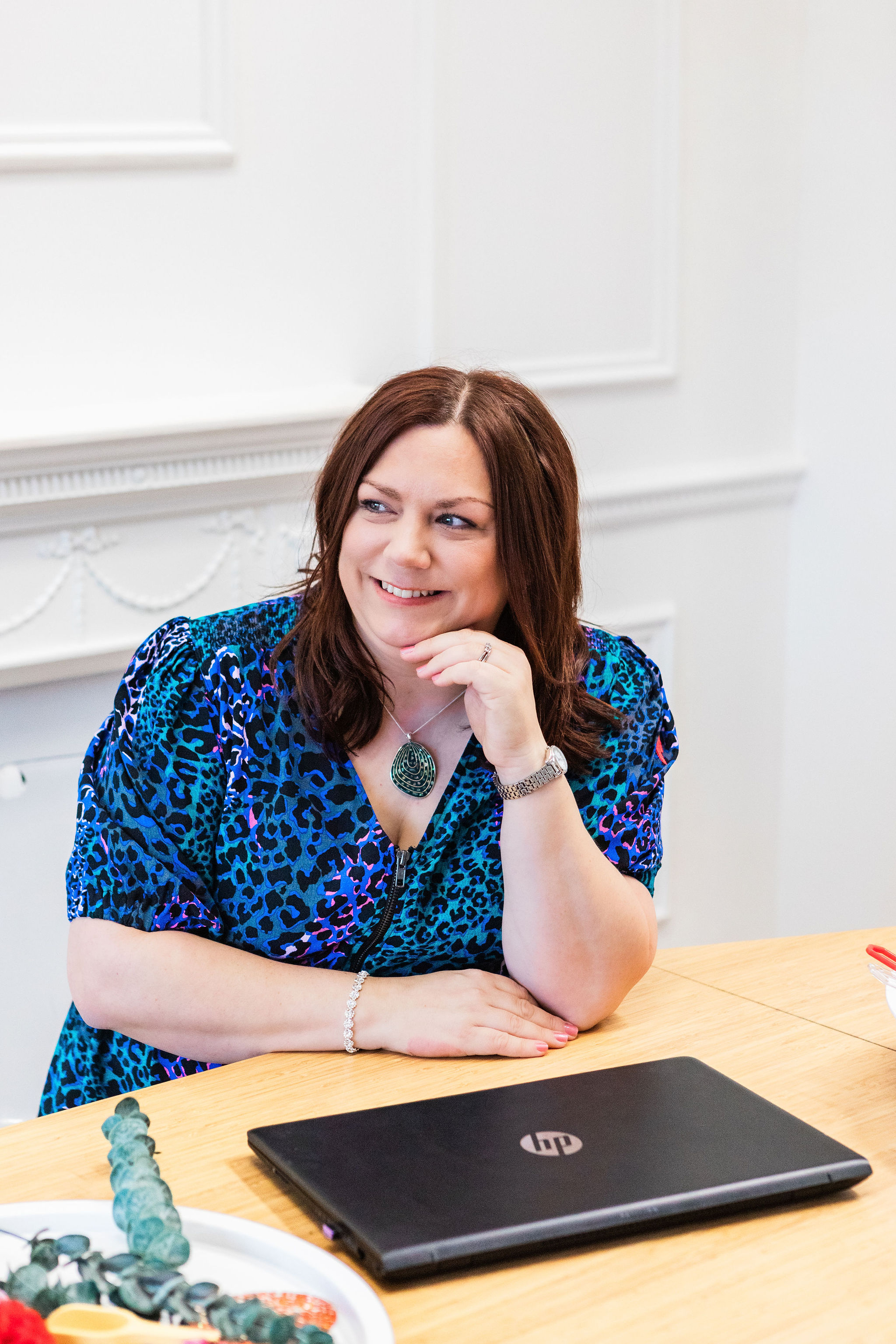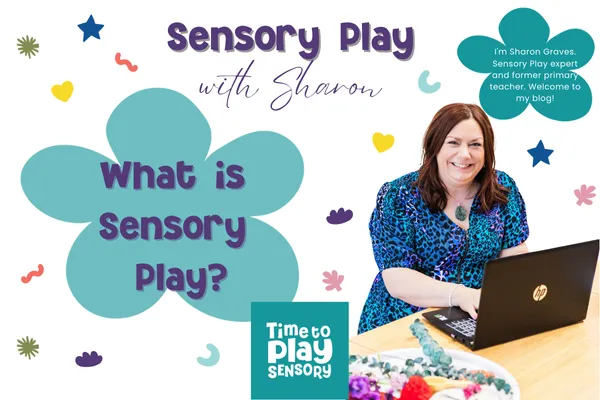
What is Sensory Play? A Guide for Parents and Early Years Practitioners | Time to Play Sensory
Say what?! What is Sensory Play anyway?
If you’re a parent, carer, or early years professional, you’ve likely heard the term “sensory play”. But what exactly does it mean, and why is it so important for young children? Sensory play is more than just messy fun (and it doesn’t even have to be messy…we’ll discuss that another time!). It's a crucial part of childhood development that helps little ones explore, discover and grow. It can also be used as a fantastic tool for connecting with your child, which is something that we are super passionate here at Time to Play Sensory.
In this blog, we’ll dive into the world of sensory play, explore its many benefits, and show you how easy it can be to introduce it into your home or setting. Whether you're new to the concept or looking to expand your toolkit, Time to Play Sensory is here to support you and your child or children on this special journey.
What is Sensory Play?
Put simply, Sensory play is any activity that stimulates a child’s senses; touch, smell, taste, sight, and hearing, as well as movement (vestibular sense) and body awareness (proprioception). It’s hands-on, open-ended, and child-led. It often involves materials with interesting textures, colours, sounds, and scents—think coloured rice, squishy play dough, scented water, or crunchy chickpeas.
This type of play naturally engages children’s curiosity and encourages them to explore their world in a safe and meaningful way.
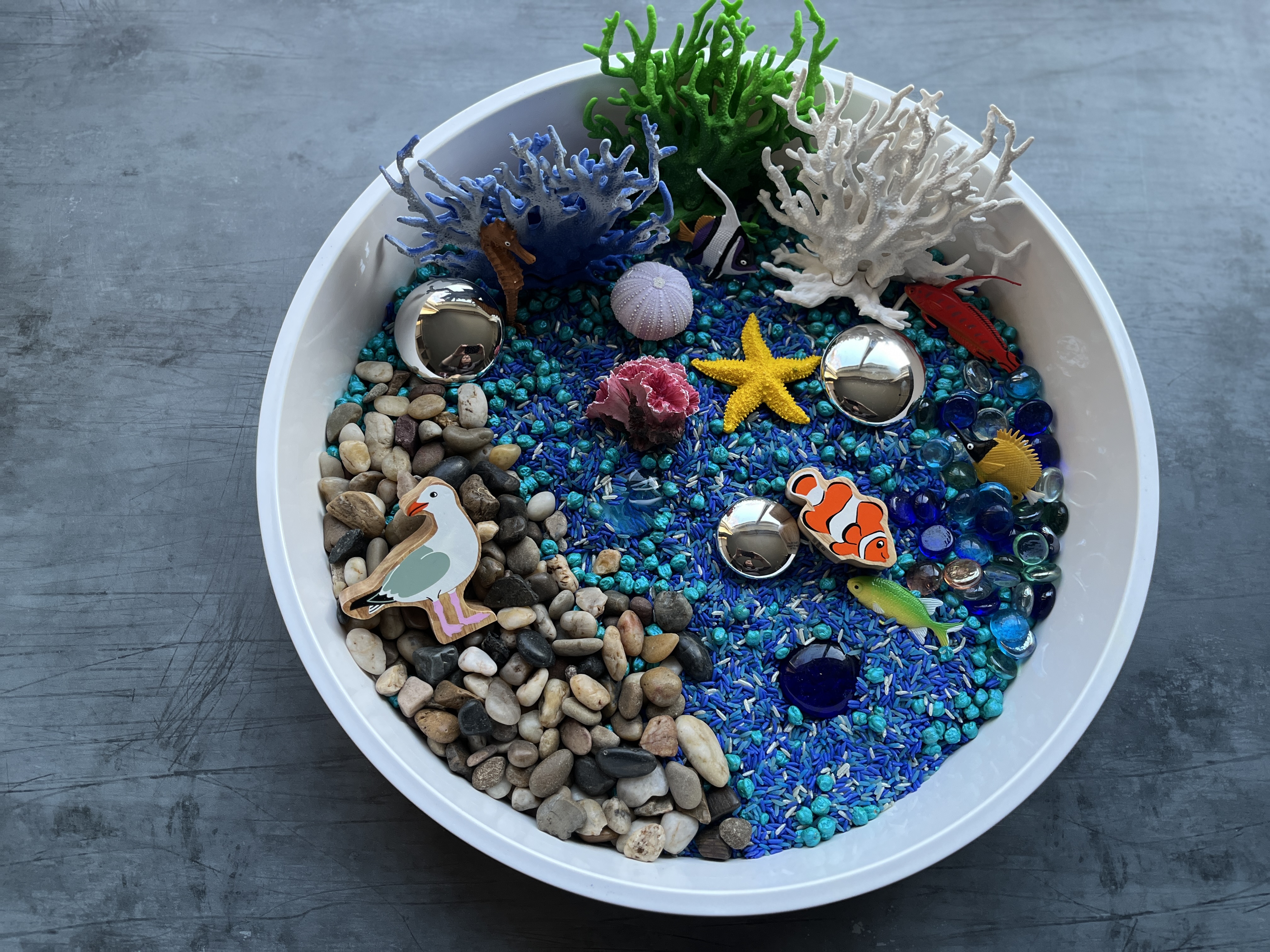
Why is Sensory Play Important?
Sensory play supports nearly every area of a child's development. Here’s how:
1. Brain Development
Sensory play strengthens neural pathways in the brain by helping children process and respond to sensory information. The more senses a child engages, the more connections their brain makes which is why stimulating more than one sense at a time is the most beneficial.
2. Fine Motor Skills
Scooping, pouring, pinching, and transferring materials like coloured pasta or rice strengthens small hand muscles and coordination - essential for tasks like writing, using cutlery, and buttoning clothes.
3. Language Development
When children describe textures, colours, or what they’re doing, they’re expanding their vocabulary. Adults can model new language by talking about the materials: “That pasta feels bumpy,” or “You're scooping the blue rice!”.
4. Emotional Regulation
Sensory activities can be calming and help children self-regulate. A child swirling their hands through smooth pasta or running grains of rice through their fingers might find relief from overwhelming feelings.
5. Social Skills
When done with others, sensory play encourages sharing, turn-taking, and cooperation. It opens the door to imaginative play, storytelling, and collaboration.
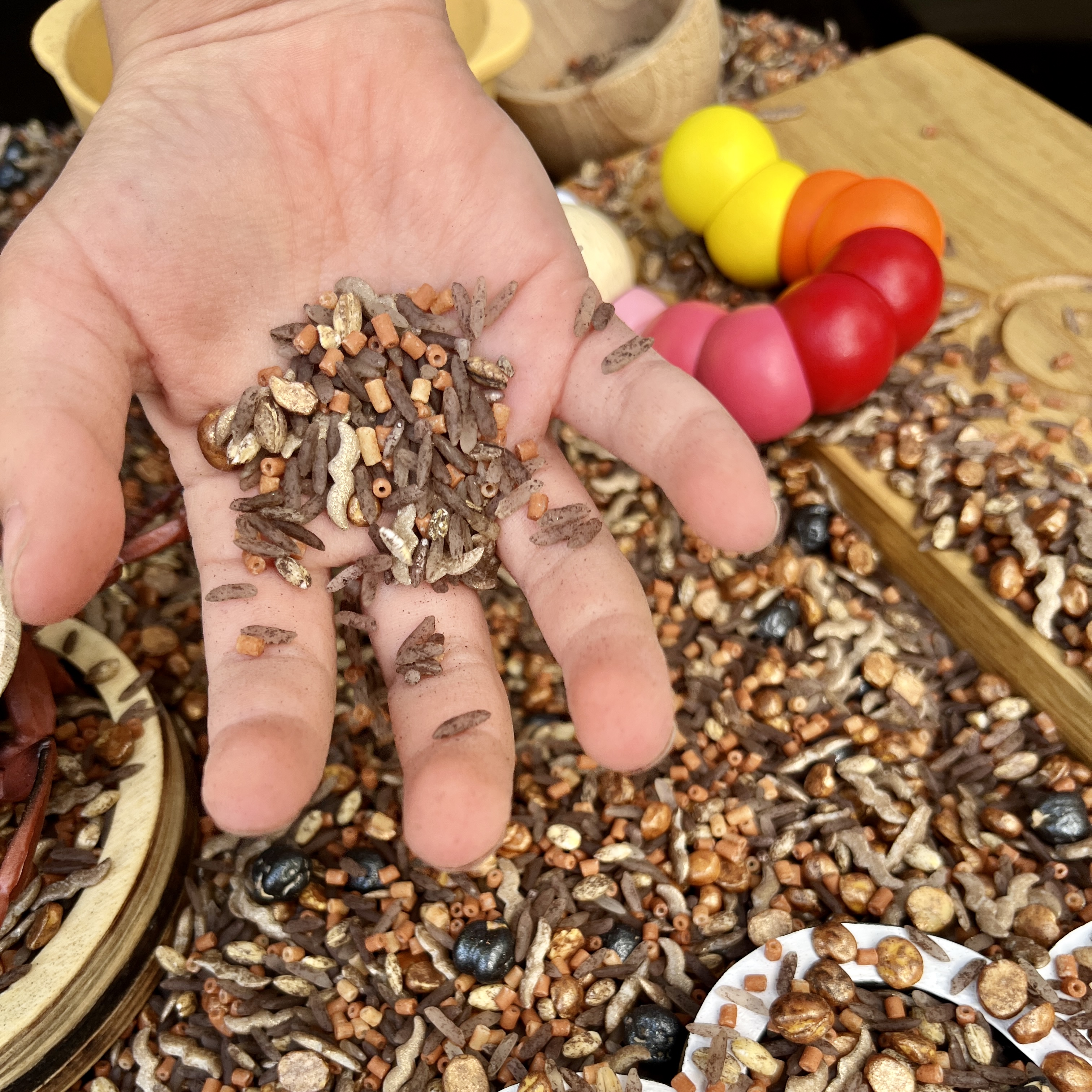
Sensory Play is for Everyone
While sensory play is often associated with toddlers and preschoolers, it’s beneficial across many ages and developmental stages. Children with additional needs, who are neurodivergent or have sensory processing differences especially benefit from structured, sensory-rich experiences. I love sensory play specifically because it is so inclusive and universally enjoyed by kids.
You don’t need a fancy set up either - just a tray or shallow container, a base material like coloured pulses, and a few tools like scoops or cups. It’s open-ended and inclusive, making it ideal for mixed-age groups or children of varying abilities.
Themed Sensory Play: Making Learning Fun
At Time to Play Sensory, we believe sensory play should be engaging, easy to set up, and magical for little learners. That’s why we offer themed pour-and-play packs using beautifully coloured rice, pasta, chickpeas, pulses and other materials like resin or little wooden shapes.
From fairy gardens to construction zones, ocean themes to seasonal celebrations, our homemade mixes are carefully crafted to inspire curiosity and creativity. Just pour into a tray and let your child lead the way!
Themed sensory bins can also support learning goals:
Maths: Counting chickpeas or sorting pasta by colour.
Science: Exploring textures, weights, and how things move.
Literacy: Creating stories and role play using themed figures or props.
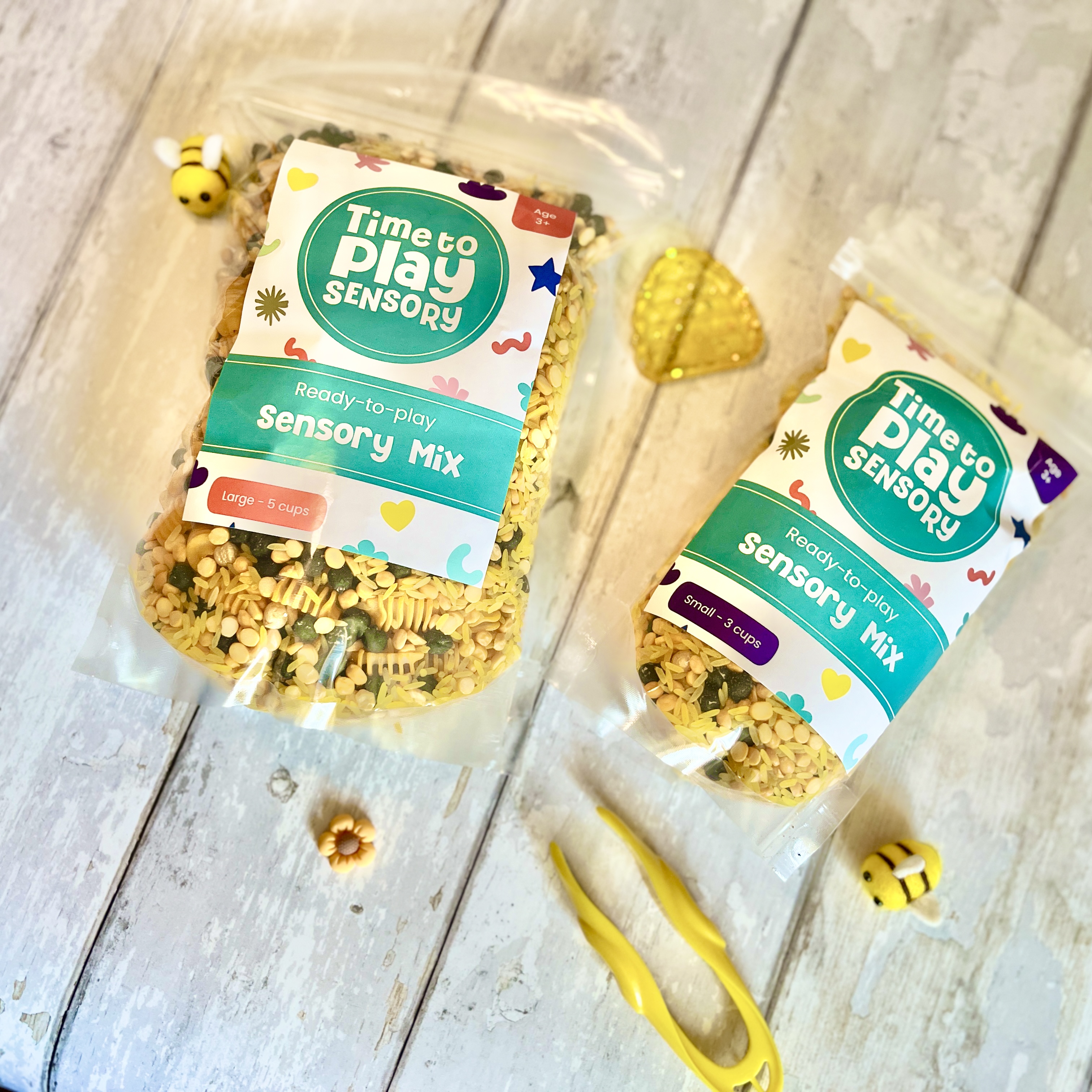
How to Get Started with Sensory Play
If you’re new to sensory play, here are a few tips to begin:
1. Start simple: A base material (like our coloured rice) and a few scoops or spoons are enough.
2. Choose a container: A tray, box, or even a baking tin will work. Add a mat underneath for easy clean up.
3. Offer tools: Measuring cups, funnels, small toys, or tweezers add variety and challenge.
4. Let them lead: There's no “right” way to play. This is important! Follow your child’s interests and allow them to explore freely.
5. Supervise safely: While our materials are always non-toxic, they're not for eating. Always supervise young children closely, and we recommend using them with children aged 3 and over because of the presence of small parts. Your child will get so much more out of the activity with your interest and attention too.
Meet the Maker: Sharon Graves
Hello! I’m Sharon Graves, the creator behind Time to Play Sensory. I'm a UK-based mum, ex-Teacher and Early Years Expert who started making sensory resources during lockdown. What began as a fun activity for my own children soon became something that I made for the children who visited my under 5s play centre, The Happy Toadstool in Bishop’s Stortford, and later became a business in its own right. It’s a small business with a big heart!
I handmake each sensory play mix with love, care, and a splash of creativity. My mission is simple: to make sensory play easy, joyful, and accessible for every family and early years setting so that children can enjoy more screen-free learning through play and make the very best start at school.
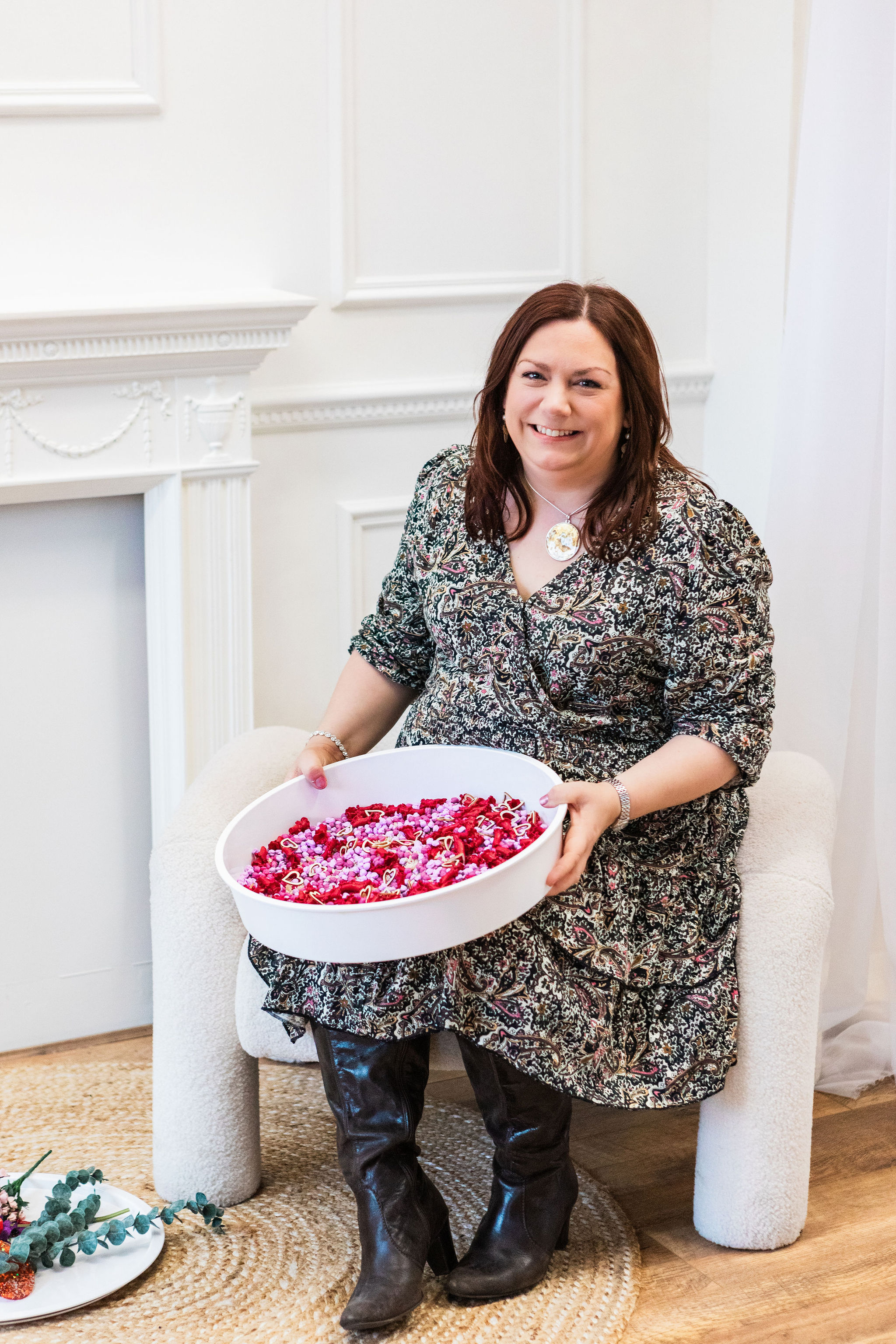
Join Our Playful Community
Ready to start your sensory play journey? 🌈
Sign up for the Time to Play Sensory mailing list to get:
Tips and activity ideas
Early access to new themed packs
Special offers and discounts
Inspiration delivered to your inbox!
👉 Join the mailing list here and make time to play today!
